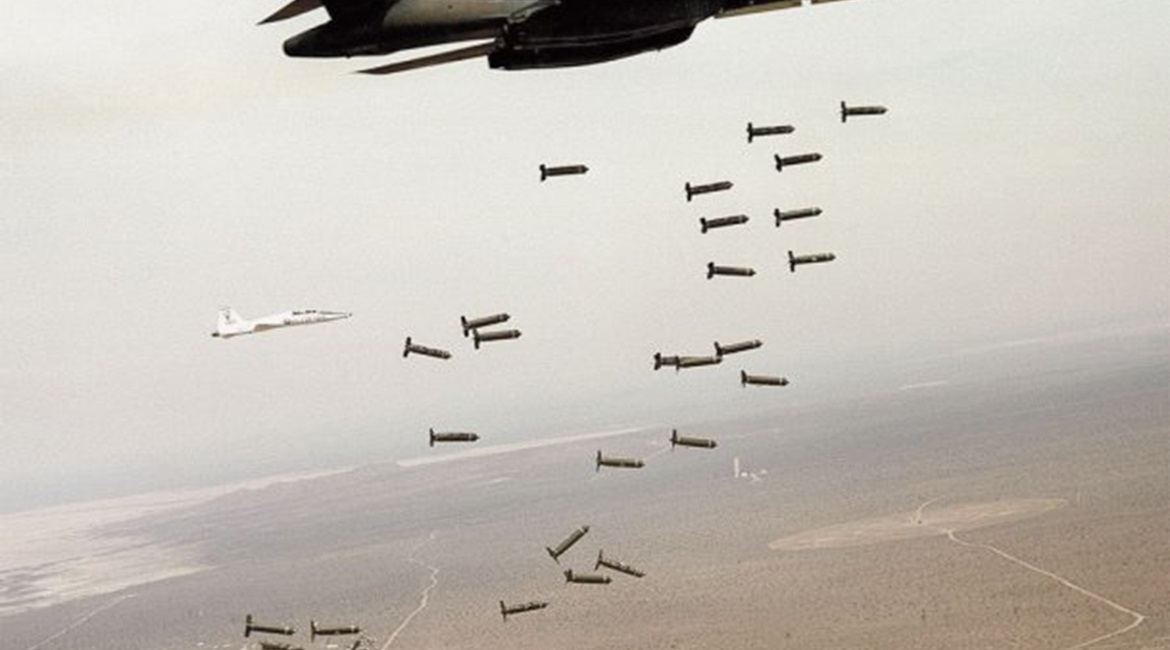
The US Air Force (USAF) has contracted two manufacturers to deliver 15,000 warhead cases for the BLU-136/B next-generation area-attack weapon.

A B-1B bomber dropping cluster munitions during tests. The USAF is replacing this class of weapon, which spreads live bomblets across a large area, with a family of next-generation bombs that use fragmentation to achieve the same effect. (US Air Force)
The contracts, announced by the Department of Defense (DoD) on 1 October, are for USD600 million each and include delivery of the cases by Faxon Machining and Major Tool & Machine by 30 September 2026.
The USAF issued its initial request for information (RFI) for the development of the BLU-136/B in February 2018. The BLU-136/B is one of a family of Next-Generation Area-Attack Weapons (NGAAWs) being designed to meet the DoD’s policy on cluster munitions.
As noted by the USAF, the family comprises the BLU-134/B and BLU-136/B warheads with a height of burst sensor. The BLU-134/B Improved Lethality Warhead (ILW), also known as NGAAW Increment I, is a 500 lb warhead for improved anti-personnel and anti-material (APAM) capabilities. The BLU-136/B, also known as NGAAW Increment II, is a 2,000 lb high-fragmentation area-attack warhead to augment the BLU-134/B for significant improvement against APAM targets.
While cluster munitions spread live bomblets across a wide field, the NGAAW-series weapons achieve a similar effect by showering metal fragments across a wide area to destroy large formations of enemy forces in the open.
The DoD’s Unexploded Ordnance (UXO) policy was intended to remove cluster munitions from the United States inventory by 2019, but this will only happen once the replacement systems become operational.
Looking to read the full article?
Gain unlimited access to Janes news and more...






